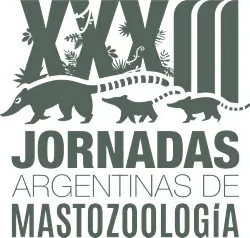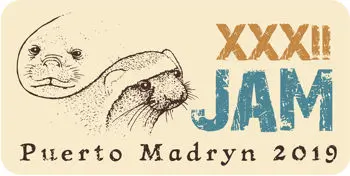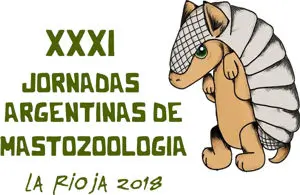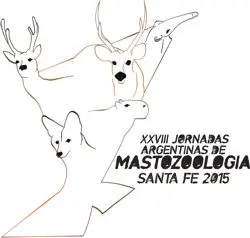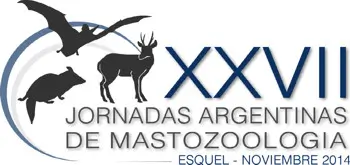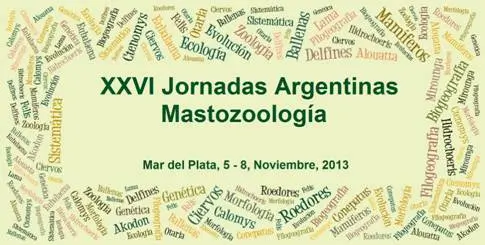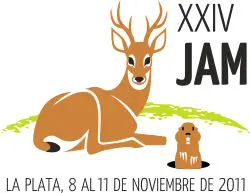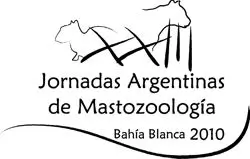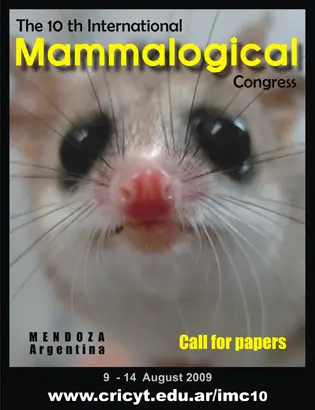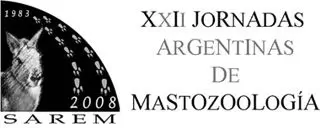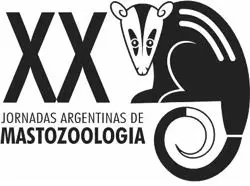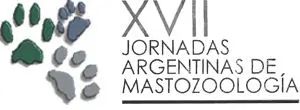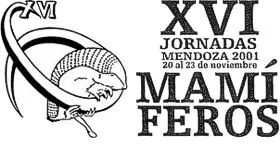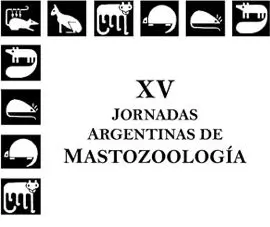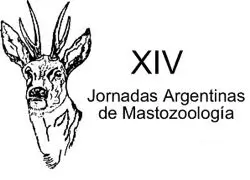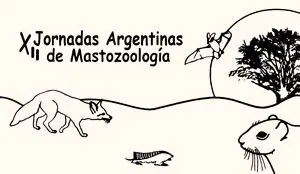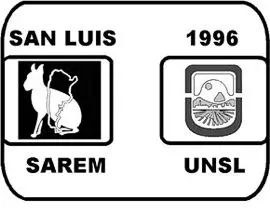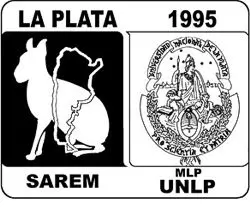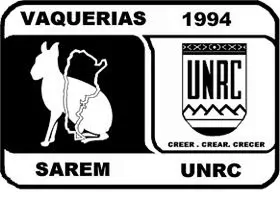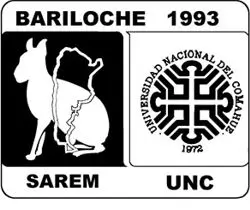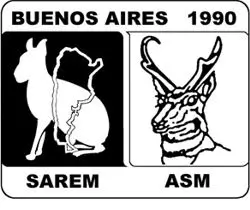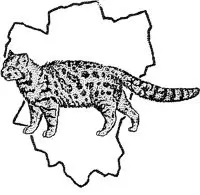
What does the cribriform plate reveal about the evolution of sigmodontine rodents? A preliminary anatomical and morphofunctional approach

What does the cribriform plate reveal about the evolution of sigmodontine rodents? A preliminary anatomical and morphofunctional approach
- Tipo de actividad: Poster
- Palabras clave: Sigmodontinae; cribriform plate; sensory adaptations; morphological evolution
- Autoría: Vargas R Brito J Pardiñas UFJ
- Afiliación: Grupo de Estudio de Mamíferos Australes (GEMA), Instituto de Diversidad y Evolución Austral (IDEAus -CONICET) | Instituto Nacional de Biodiversidad (INABIO)
- Email: rocio_vargas93@hotmail.com
The cribriform plate of the ethmoid bone is a perforated bony structure that allows to pass olfactory nerves from the nasal cavity to the olfactory bulbs of the brain. Its morphology has provided functional and phylogenetic insights in several mammalian groups, yet it remains poorly studied in sigmodontine rodents. Here, we present a comparative anatomical analysis of the cribriform plate in this highly diverse subfamily of Cricetidae, with emphasis on potential ecological and functional correlations. We examined 80 genera of Sigmodontinae—including representatives of all 13 recognized tribes and incertae sedis taxa—alongside two murid species as outgroups. Cribriform plates were assessed using broken skulls (from trapping or owl pellets), 3D reconstructions, and photographs taken through the foramen magnum. A refined nomenclature was developed, and standardized images were analyzed with ImageJ to measure plate length, width, and foramen count. Our results reveal morphological patterns linked to ecological lifestyle. Ichthyomyini (aquatic, carnivorous) possess small, sparsely perforated plates, suggesting reduced olfactory dependence. In contrast, Abrotrichini and Akodontini (semifossorial and cursorial, mostly animalivorous) exhibit large, densely perforated plates, underscoring olfaction’s role in foraging and social behaviors. Oryzomyini and Phyllotini (herbivorous, scansorial/arboreal) have compressed plates with a prominent crista galli, possibly reflecting an intermediate level of olfactory function. Sigmodontini (Sigmodon) display uniquely distinct plate morphology within the subfamily. Although the cribriform plate may appear conserved at first glance, detailed morphometrics—particularly the number and arrangement of foramina—reveal subtle but evolutionarily meaningful sensory adaptations. These findings suggest that cribriform plate morphology can provide valuable insights into both ecological specialization and evolutionary history in sigmodontine rodents.



